https://www.facebook.com/share/p/17y5LdHFKP/
Mike Block
| High: | -3 °C |
| Winds: | 9 km/h NE |
| Gust: | 14 km/h |
| Overcast | |
| High: | 4 °C |
| Winds: | 13 km/h ENE |
| Gust: | 23 km/h |
| Dense drizzle | |
| High: | 8 °C |
| Winds: | 49 km/h WSW |
| Gust: | 102 km/h |
| Moderate rain showers | |
| High: | -5 °C |
| Winds: | 28 km/h WNW |
| Gust: | 62 km/h |
| Slight snow fall | |
https://www.facebook.com/share/p/17y5LdHFKP/
Mike Block
We will have our traditional rubber airplane contest.
If you have a rubber plane, bring it along.
Otherwise, we have some planes we’ll share around.
And our usual show and tell.
Pizza and liquids will be served.
Season’s greetings to all.
Ian and Geoff
I didn't find what I was looking for, but... I did find TWO complete planes and a hatch.
I think this is the missing hatch from earlier in the year when I helped find a downed jet.
I found the plane, and someone else found another part, but the hatch remained missing.
Sadly I never knew the type of plane, and I don't remember who lost it, but there was three
of us searching for it while the pilot stayed behind crying over the incident.
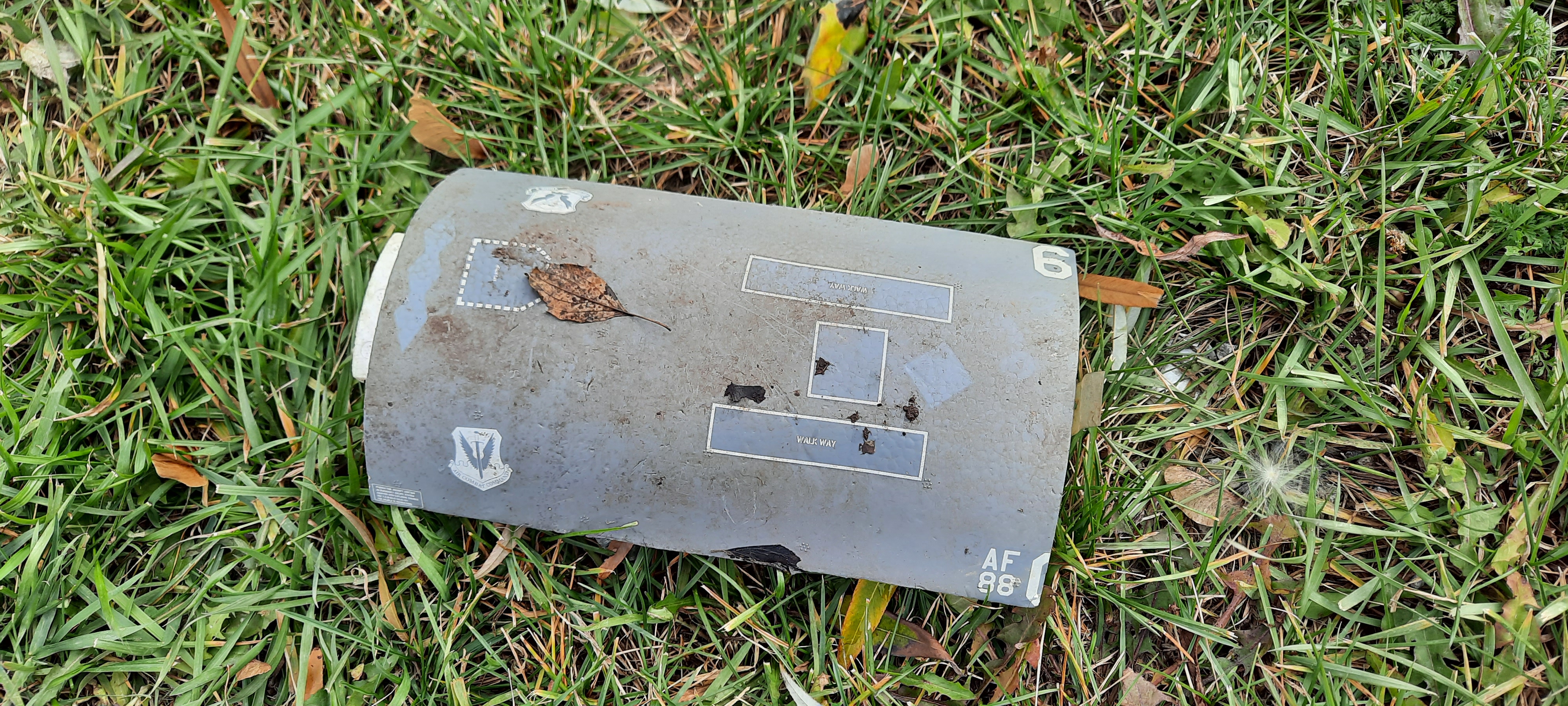
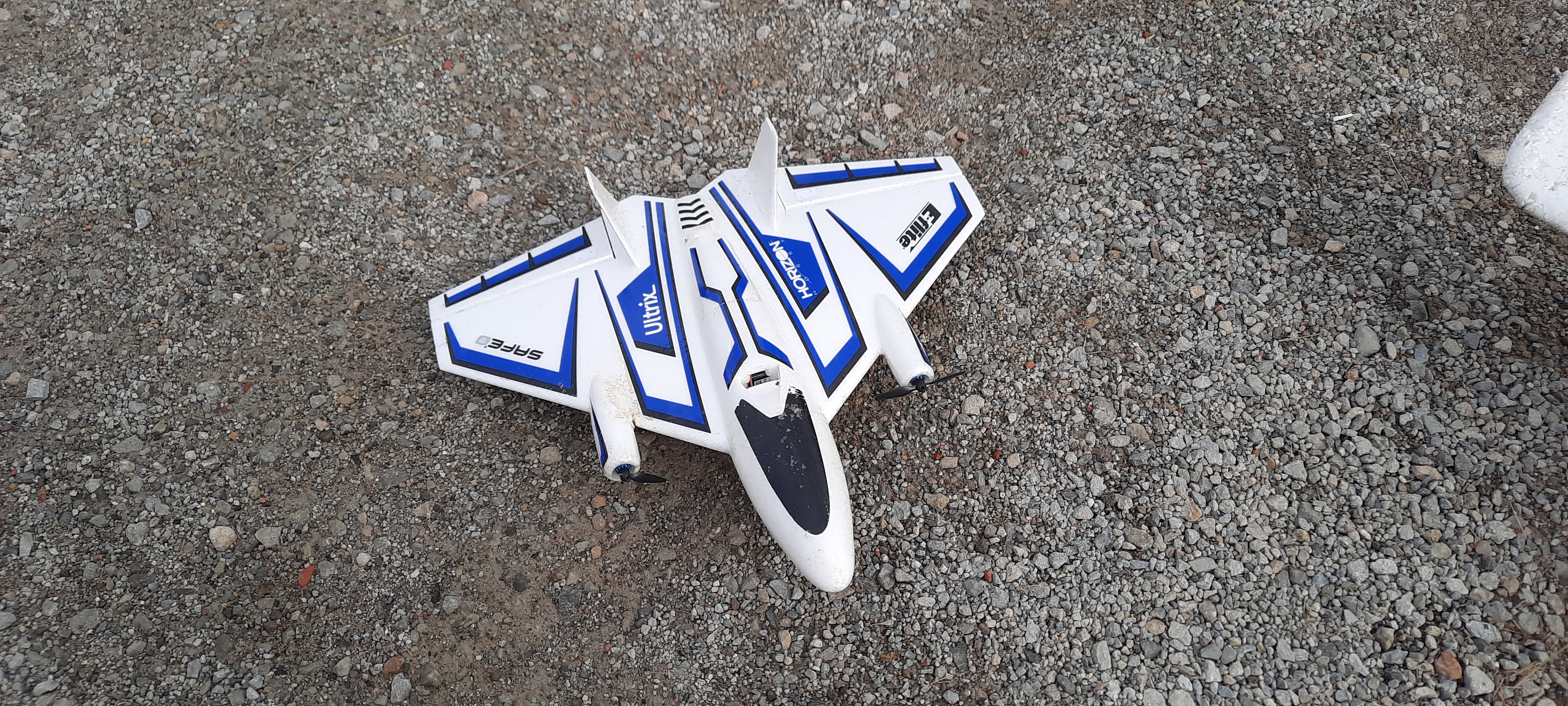
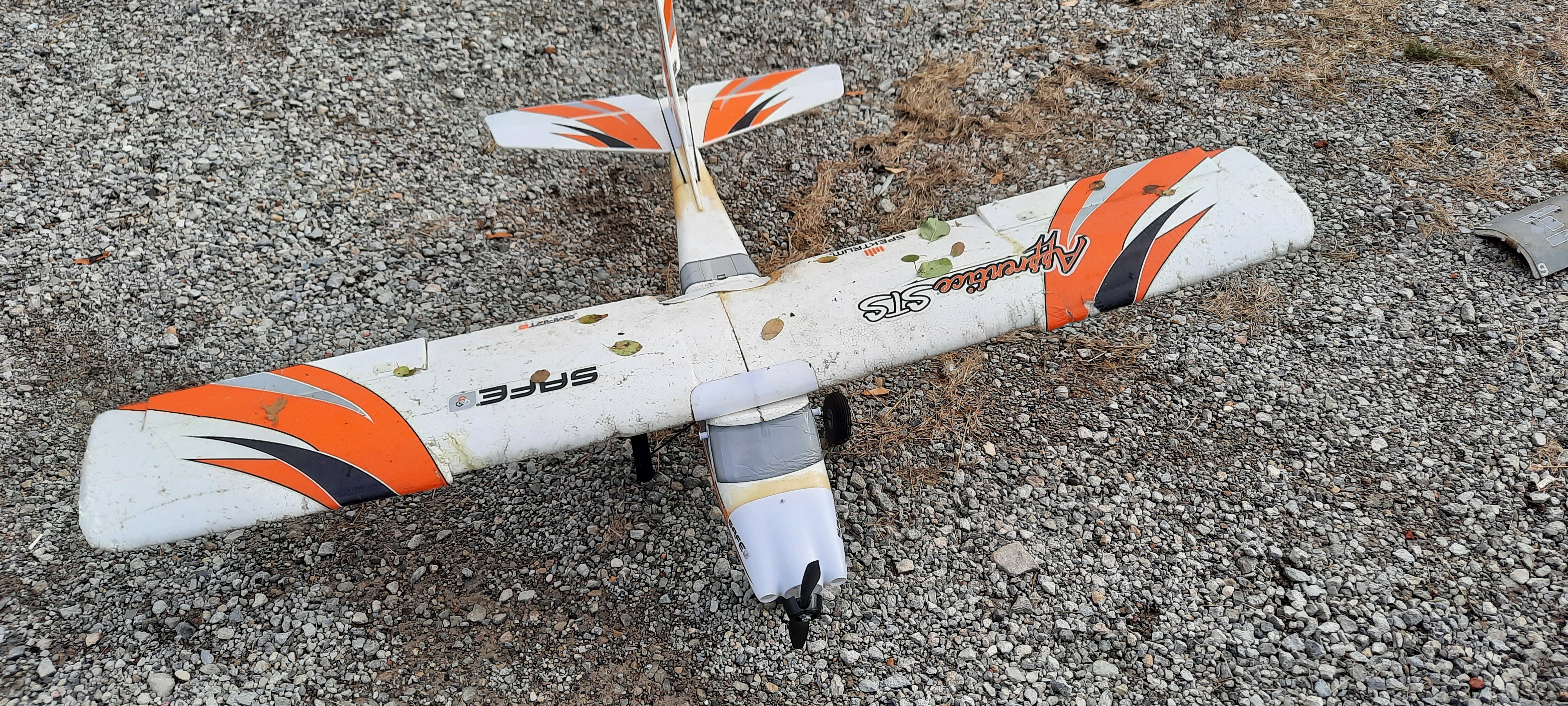
If you want to claim anything, contact me to arrange a transfer.
Make sure you bring my missing canopy !
We have a very special treat: Tim Speed, from Canadian Warplane Heritage, will give a talk and slide show about the sad history of the Avro Arrow, Canada’s world beating jet interceptor.
Don’t miss it.
The Avro Arrow Story
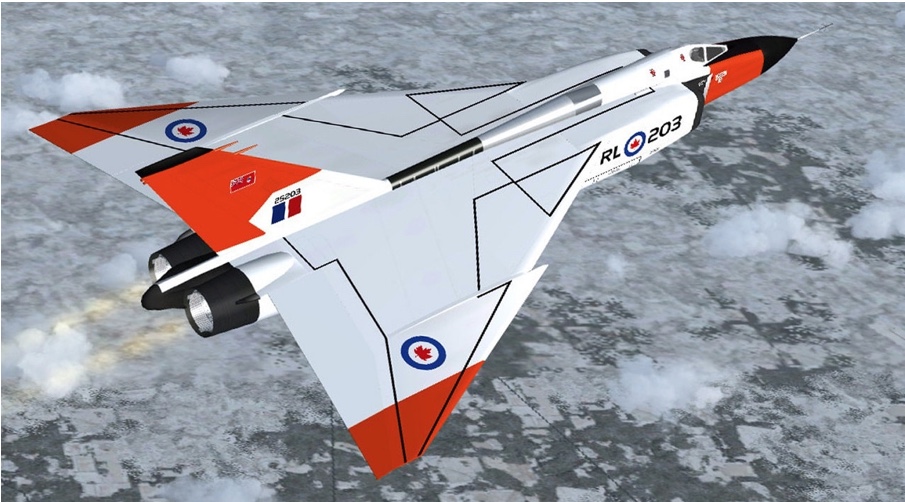
Tim Speed
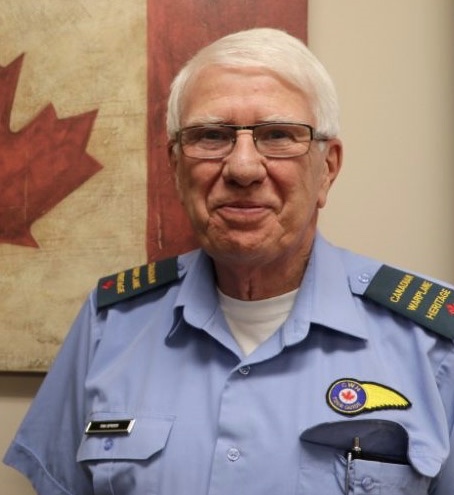
I love Spitfires.
I’ve lost count of how many Spits I’ve built way back to my adolescence.
A few years ago I built a 1/9 scale Spit IX from a Royal kit. Now I’m in the final stages of a 1/7 scale Top Flite Spitfire. Building has been easy, even though the kits are decades old and original accessories and decals are long gone. However it turns out that FlightLine markets a 1300 mm (1/9 scale) and a 1600 mm (1/7 scale) ready to fly foamy, exactly the same size as my two. So the retracts fit perfectly and cost about $50 a pair. Motor and 4-bladed prop and scale spinner are all available and cheap. Even the decal sheets were obtained at reasonable price.
But that’s not all of my Spitfire passion.
I also had the thrill of flying in a two place Spit out of Biggin Hill, south of London this time last year.
I had the controls for a minute or two. We did 4 successive barrel rolls. It was an absolute blast.
Here is a picture of me getting strapped in and an in-flight picture of the plane.


However if you take a close look at the photo of the aircraft, it has very unusual markings. It’s actually painted with the markings of 457 Squadron, Royal Australian Air Force, complete with Flying Tiger-style teeth. They were called “Grey Nurse” squadron. Why Grey Nurse? Why shark’s teeth? It turns out that there’s a shark native to Australia called a “grey nurse shark”. So all their planes had “grey nurse” lettering and were embellished with the shark teeth and eyes. The absence of the red centre of the roundels is more common; since they were fighting in the Pacific theatre, it was really not a good idea to have red circles on your wings if you wanted to avoid friendly fire. Royal Navy Corsairs did this too.
I thought no more about the markings, until it came time to finish the TF Spitfire. I started to think about it, and I could count about half a dozen club members who owned a FlightLine Spit. So having ordered FlightLine decals, I would have exactly the same markings as many of them.
How to make it unique? Callie Graphics! I went online to see what they had. And there I hit paydirt. To my amazement, one of the 20 or so Spitfire decal schemes was none other than Grey Nurse! Only trouble was that it was RG V, with a red spinner, not the one I flew in, ZP W with a white spinner. However Callie provided me with the correct markings. You can see the result in the photos.


That piqued my interest in the history of the Grey Nurse I flew in? So I spent a merry evening with Google. And boy did it yield paydirt:
Grey Nurse Squadron History 457 Squadron was formed in 1941 and fought in the European theatre. In 1942 they were shipped off to Australia and saw action in the Pacific Theatre. As it turns out, both the ZP and RG call signs are associated with 457. But I can’t find out any more about RG V. Postwar Story of my Spitfire - ZP W ZP W is a different story. The original aircraft is no more. However, the aircraft that now carries this call sign was built in 1945 and never saw action. In 1946 it was one of a batch of Spitfires that underwent a conversion to a two seat trainer and was sold to the Irish Air Force. In 1968 it was decommissioned and sold to the company that filmed “the Battle of Britain”. A few years later, it was sold to two Canadian businessmen from Windsor, Don Plumb and Jerry Billing. They turned it back into a single place.
Plumb was, I think, a founder of Canadian Warplane Heritage. Billing, a former Spitfire pilot in the war, flew it around Canada and the US. Billing was quite a character. At one point, to demonstrate his flying ability, he did a loop around the Tower of London (vertically) in a Tiger Moth. Roguishly handsome, he appeared to make his living flying Spitfires. But he also flew other planes – Meteor, Hunter, Vixen, as a test pilot for RAF and de Havilland.
He emigrated to Canada in 1958, and trained the Golden Hawks F-86 RCAF aerobatic team, among other things. In 1973, he was employed by Cliff Robertson, the actor, to fly his Spitfire. He finally quit flying in 1999, where he then received a letter from Queen Elizabeth 2 commending him for having flown Spitfires for 50 years! He died in 2015, age 93. And to really cement the local connection, in my research, I uncovered a video interview of Billings being interviewed by Elwy Yost, TVO interviewer, at Canadian Warplane Heritage!
As to the aircraft, ZP W was sold in 1983 and changed hands among several American owners after that. In 2008 it crossed the ocean again and was sold to Warbird Experience at Biggin Hill. It was converted again back to a two place version. And in 2024 I flew in the back seat for the thrill of a lifetime.

For further watching/reading:
We have now scheduled fall/winter/spring meetings for the following dates:
Wed, Sept 24
Wed, Oct 22
Wed, Nov 26
Meetings are held, as before, at St. Matthews on the Plain, 126 Plains Road E, Burlington from 7:30 to 9 PM.
Next weeks’ meeting is a “Show and Tell” where you have an opportunity to show off the planes other people didn’t get to see over the summer, and a swap meet. So bring the valuable stuff you don’t want anymore and a checkbook, cash or I.O.U.
See you there Geoff
On Saturday, Sept. 6 we held our annual “Breakfast at Bayview” fun fly. The weather overruled the meteorologist and we had a relatively windless day. About 40 fliers were in attendance and enjoyed the breakfast offerings.
Brent Hill was awarded the “Warbirds over the Bay” trophy for his magnificent collection of WWII birds at the July Warbirds event.
CORRECTION:
Thanks to the hard work of John Johansen who did the cooking at the funfly and his wife Ann, and Steve Waterfall for running the kitchen. Also all the other volunteers who pitched in.

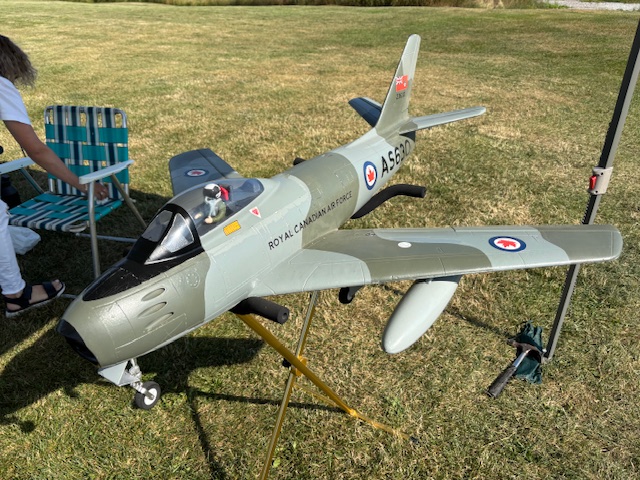
Found on the runway today, an E-Flite Viper 90mm ventral fin.
You can pick it up in the clubhouse.
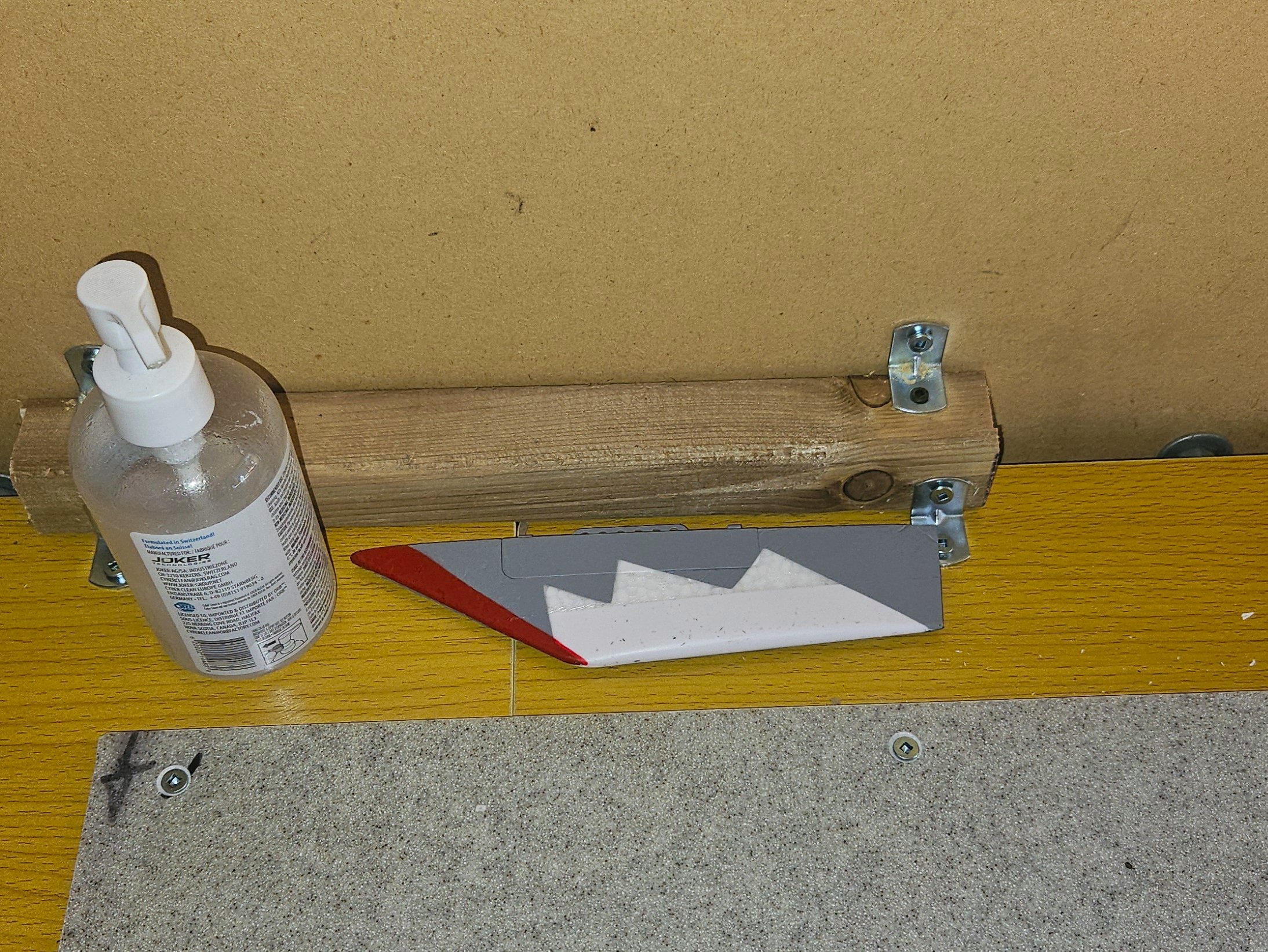
Dear friends and fellow RC modelers
As some of you guys know, I entered the fatherhood group and had my first child. As great as it is, the baby (and my wife mostly) doesn't let me come to the RC field as often. Moreover, my family gave me the evacuation notice of all my RC stuff from the bedroom (now soon to be baby's room), the basement, and the garage. Hence, I am selling more RC stuff than Horizon Hobby😃
That being said, you guys are in luck, because I am selling everything I have for a super cheap price. Since the list is so long, I made one mega advertisement here to have everything I have for sale organized in groups and categorize them all in one place. Take a look at the list below and all the pictures and either message me directly on Facebook or comment under this post if you are interested in any of the items.
Your purchase will help a baby in need of room and diapers very much 😃
Full list of all the items:
Erfan KhademAgha
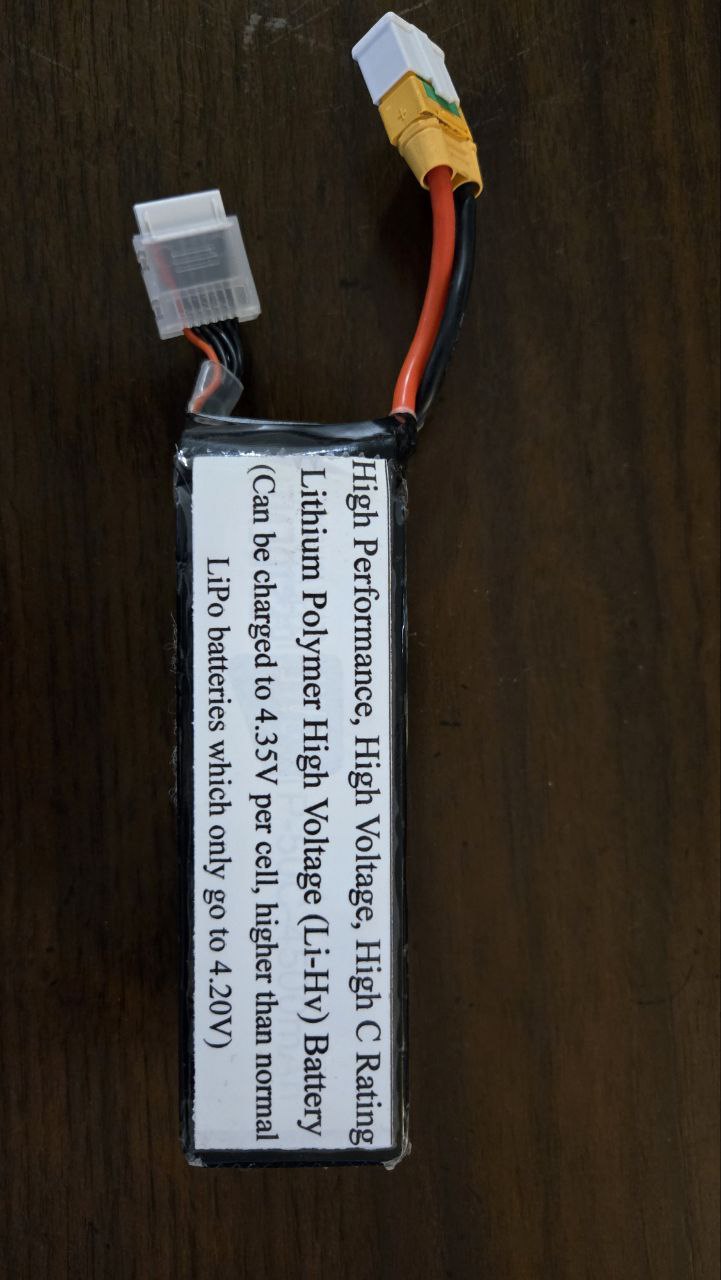
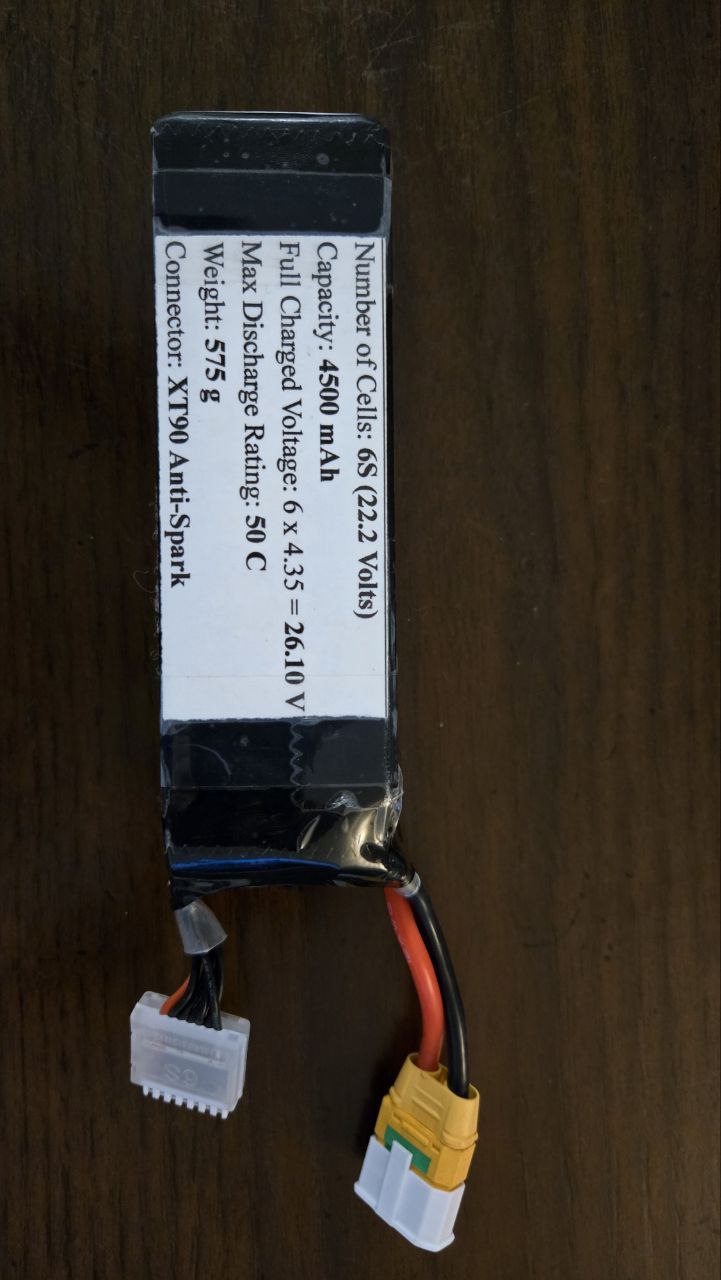
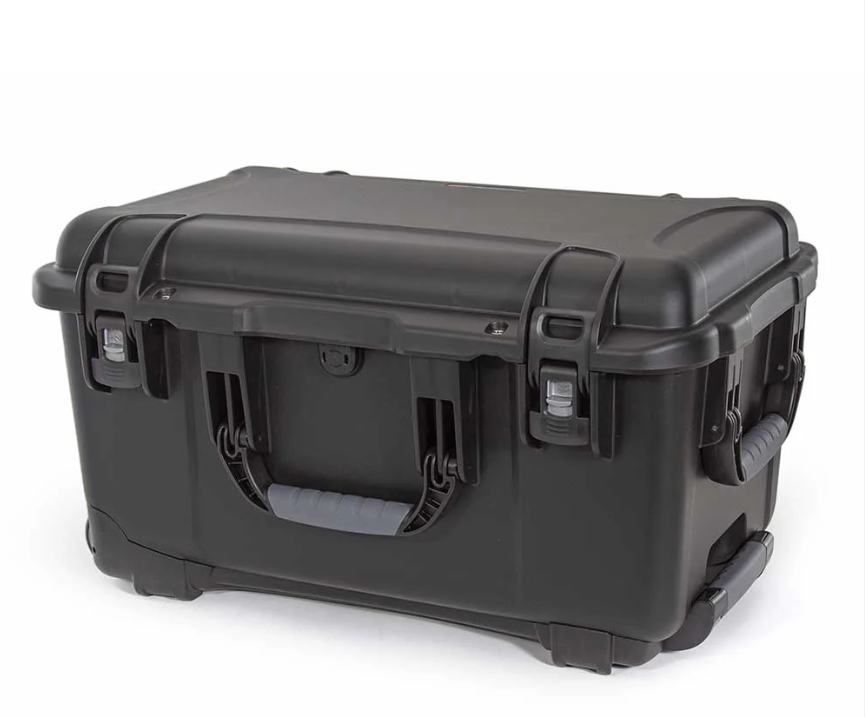
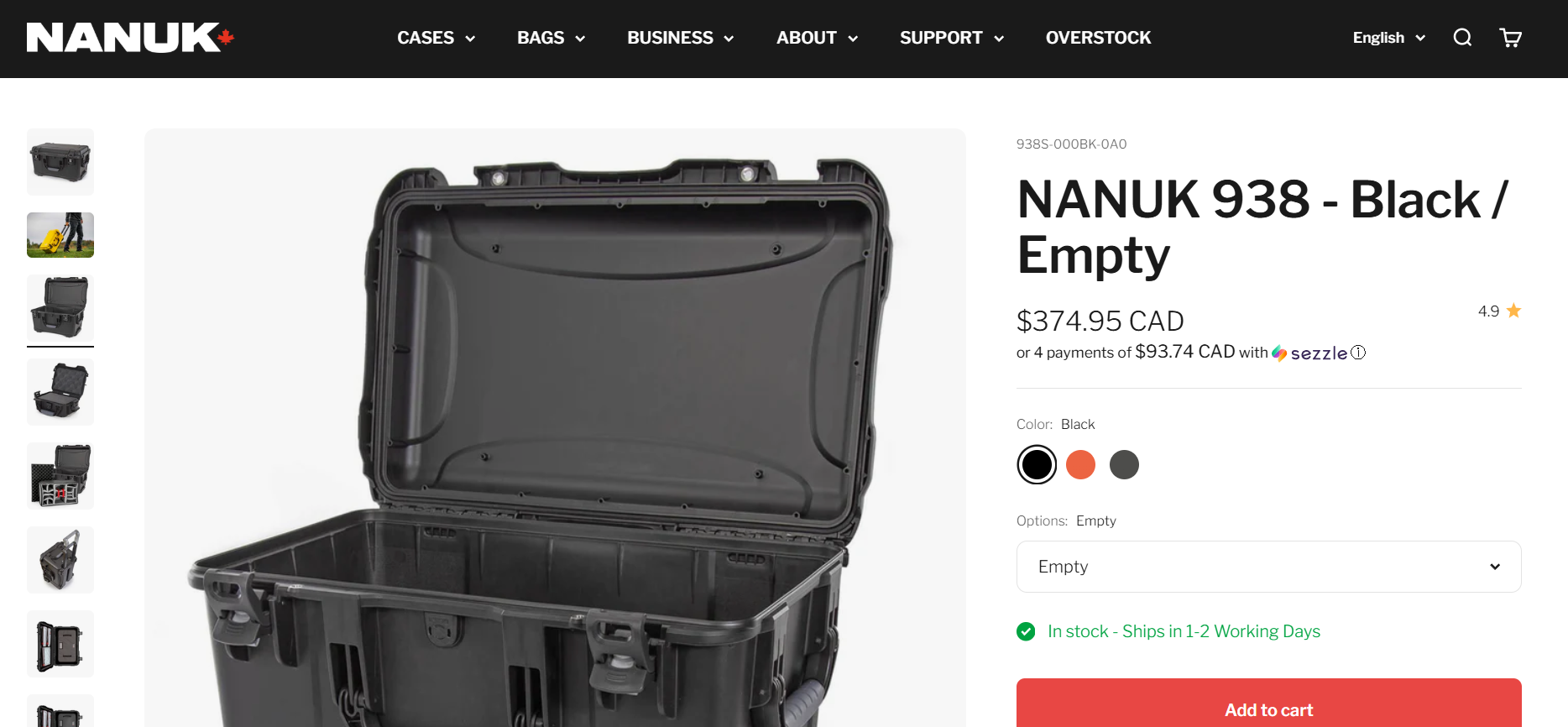
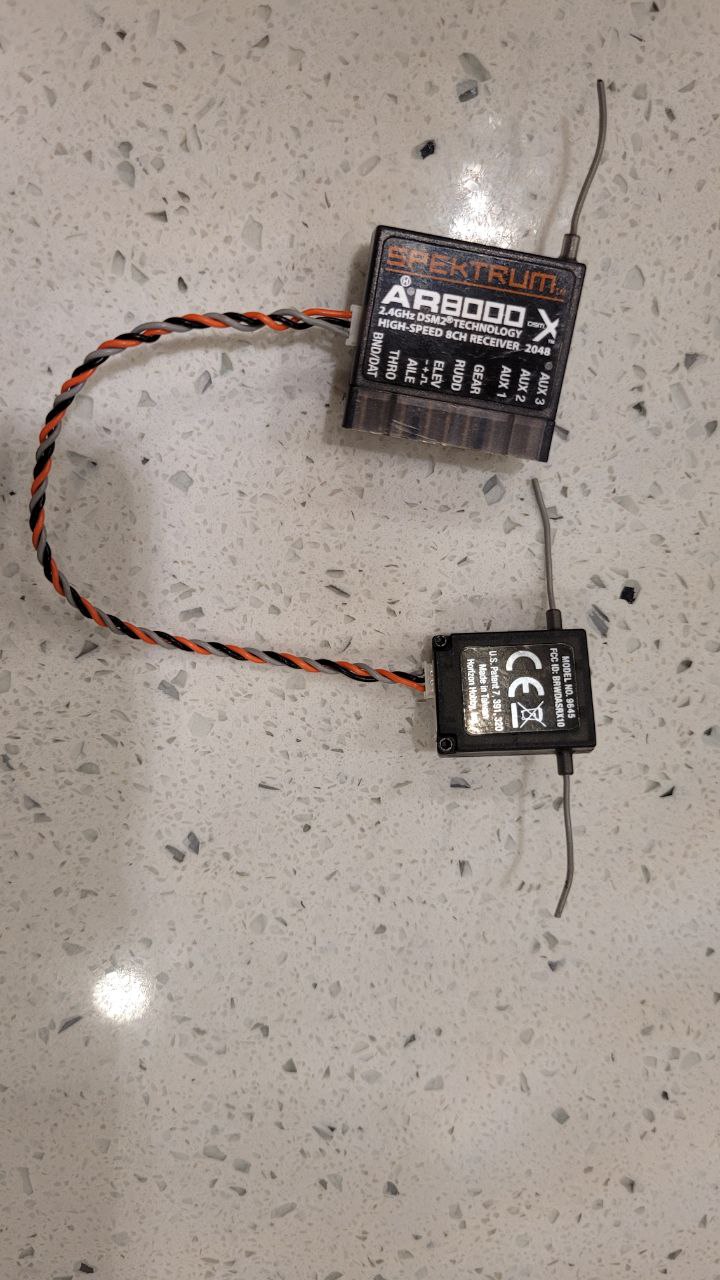
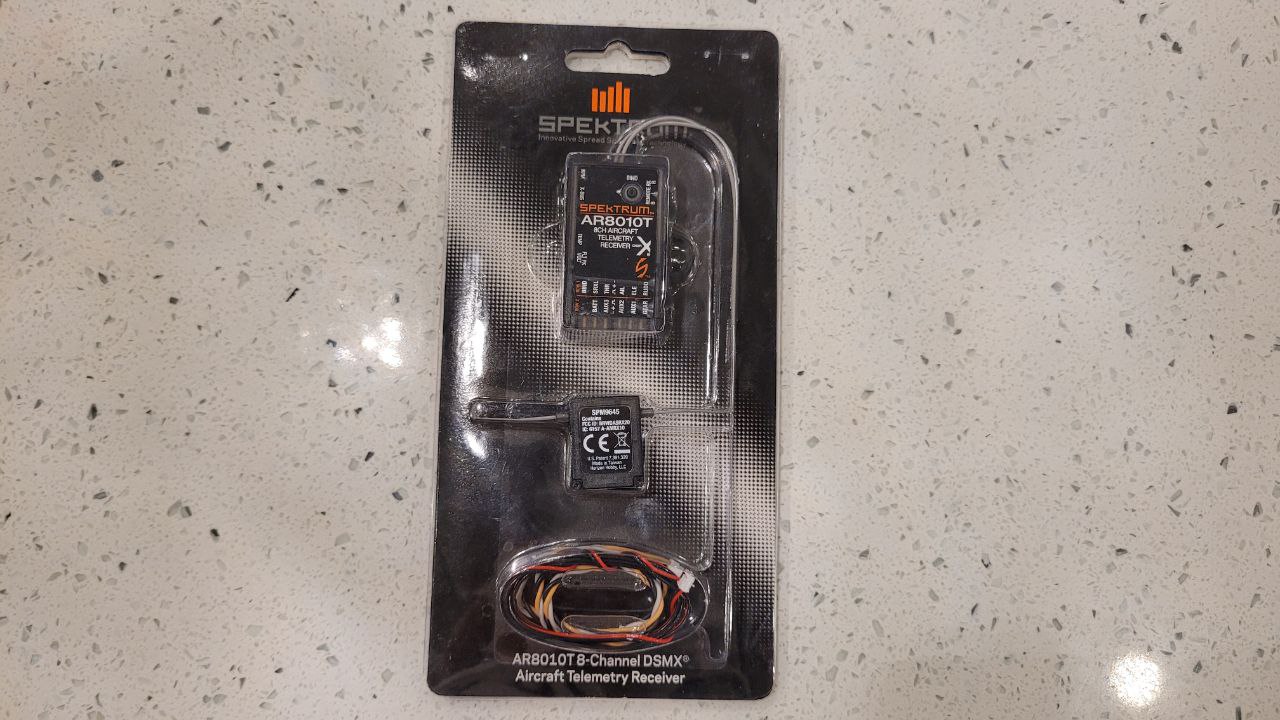
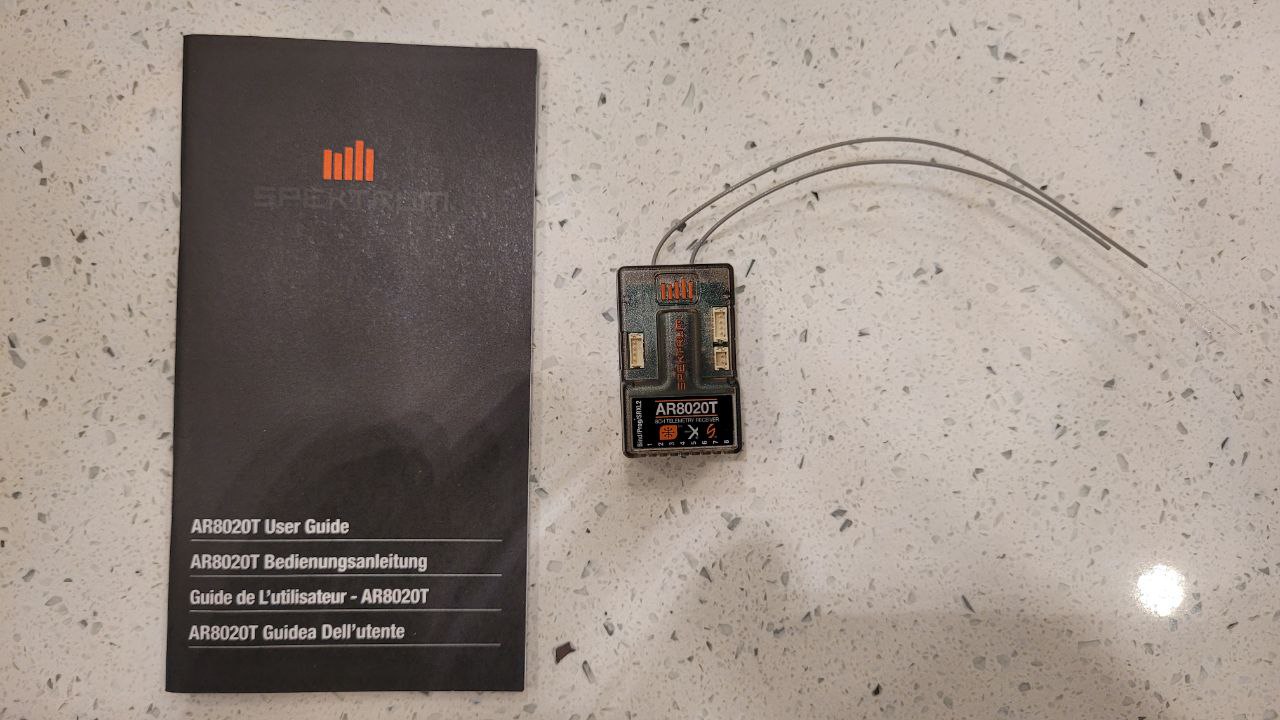
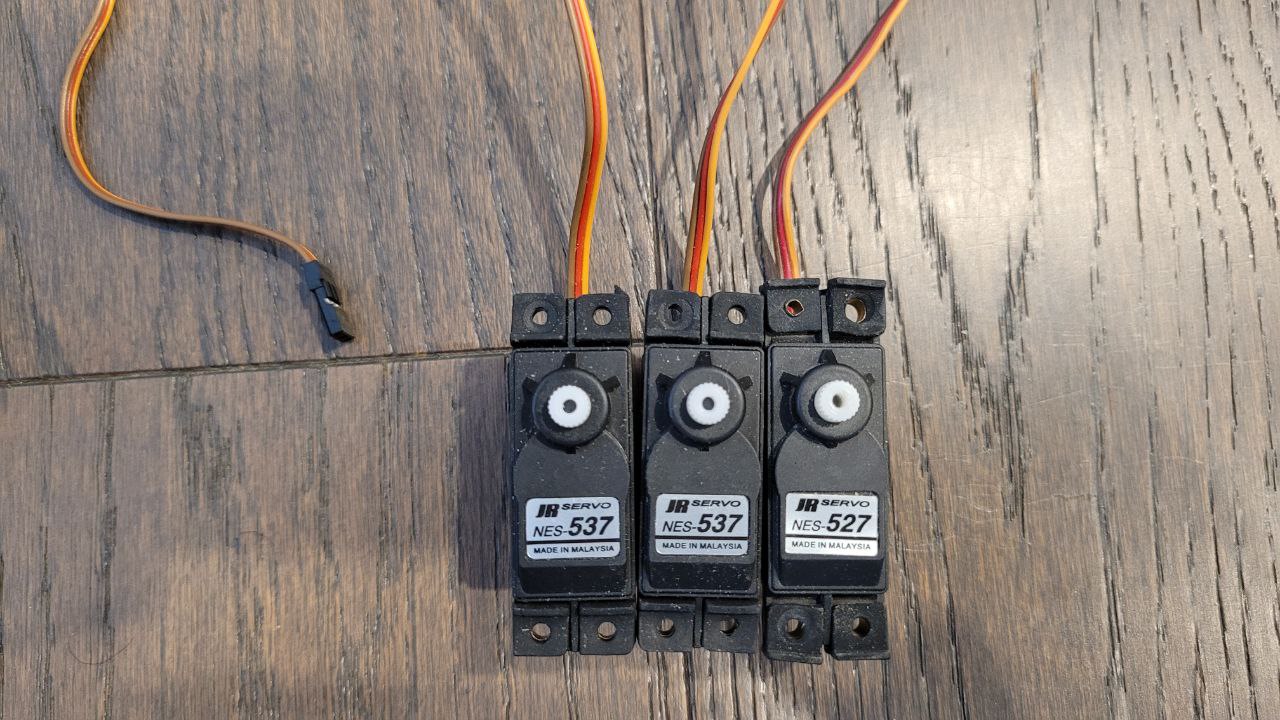
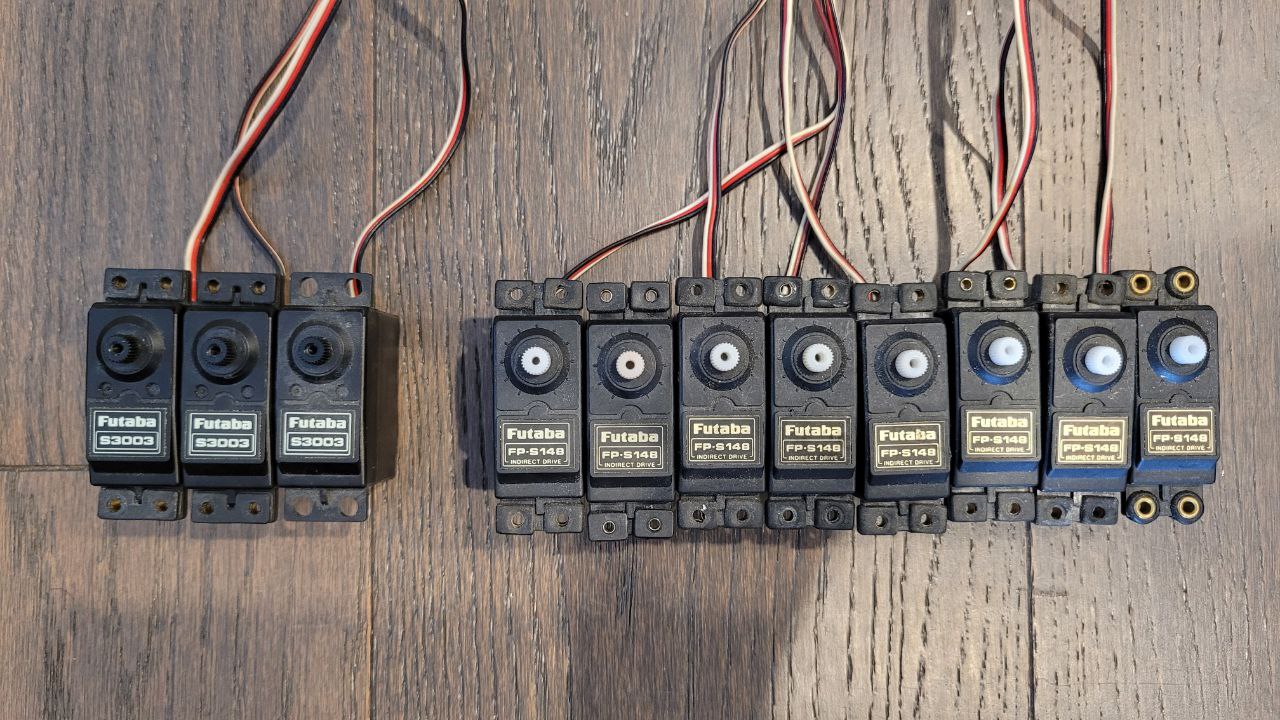
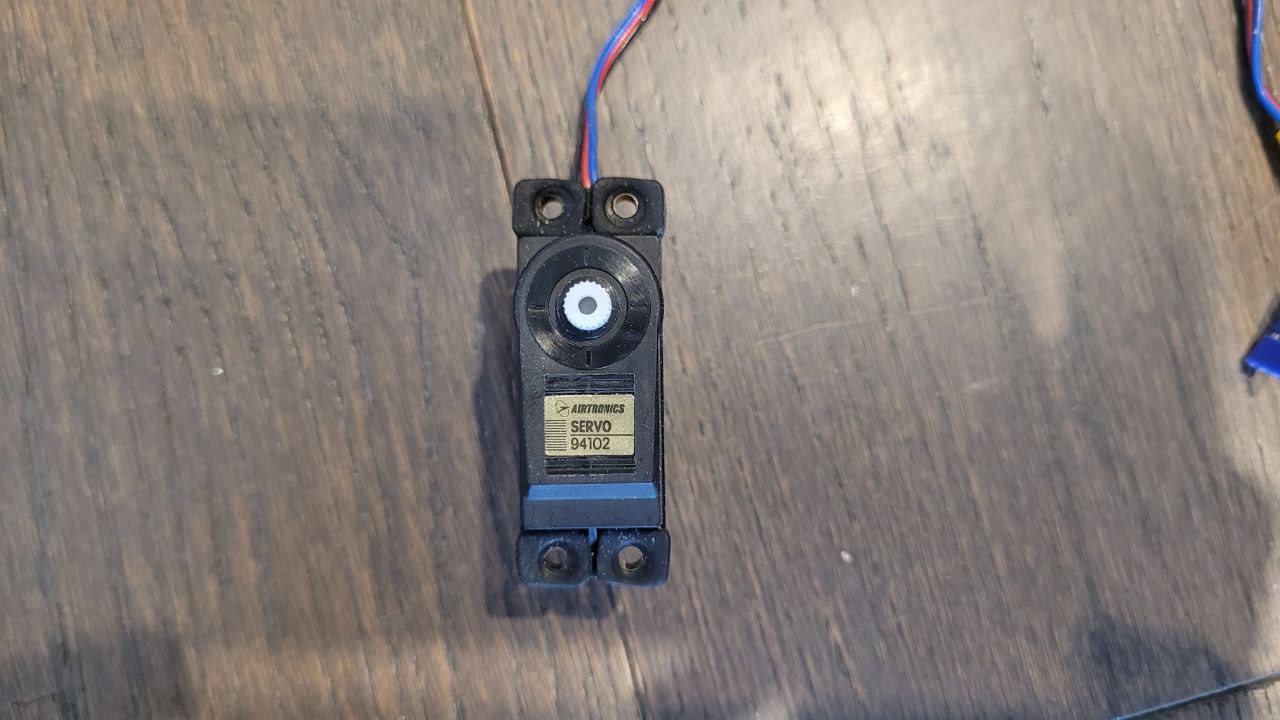
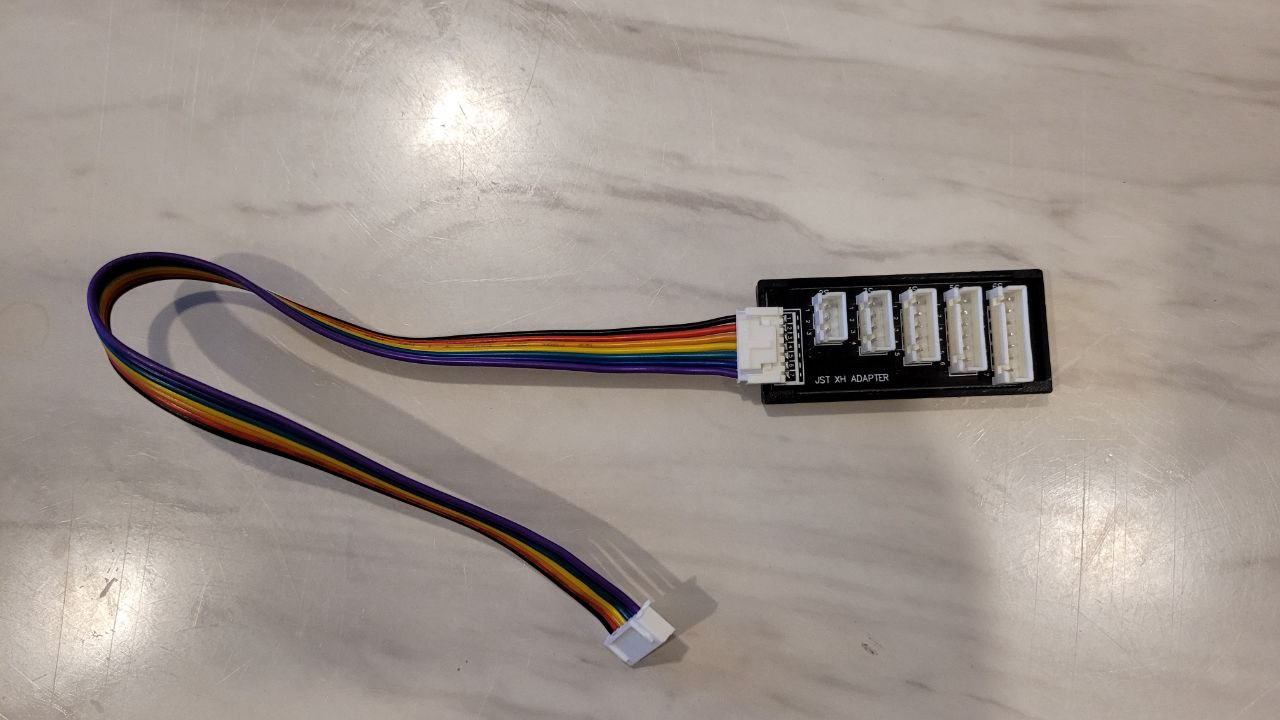
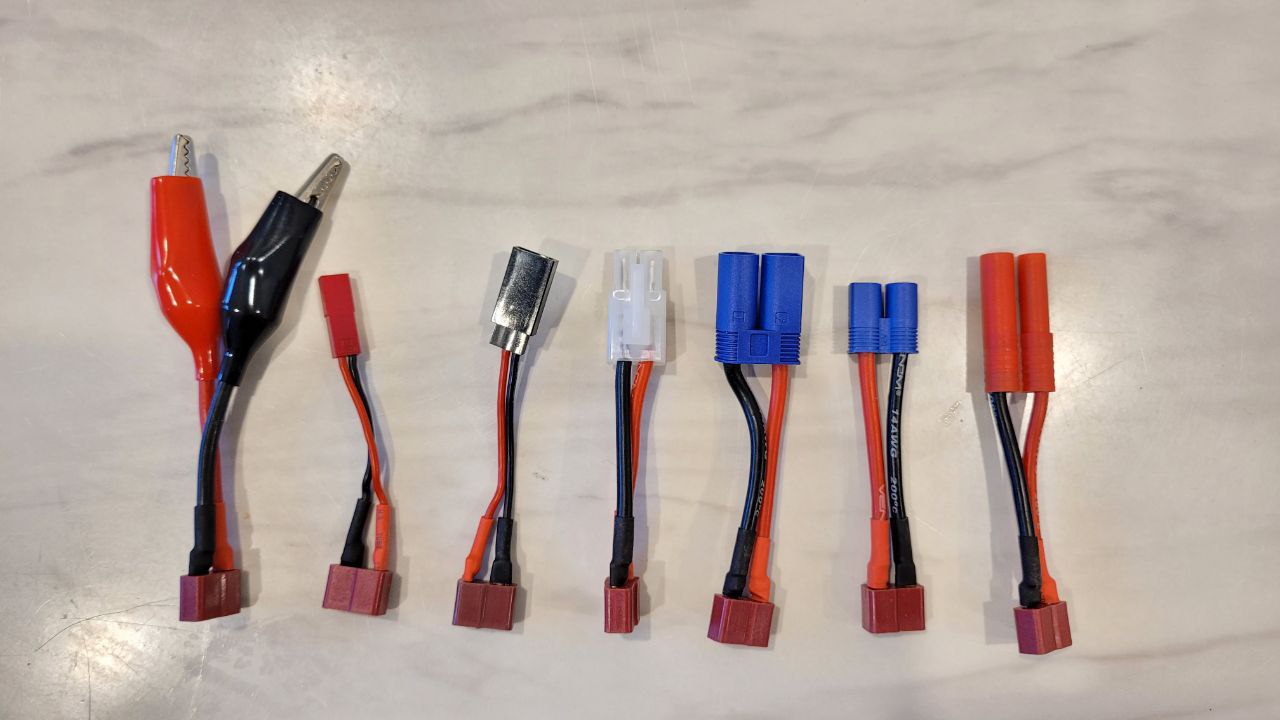
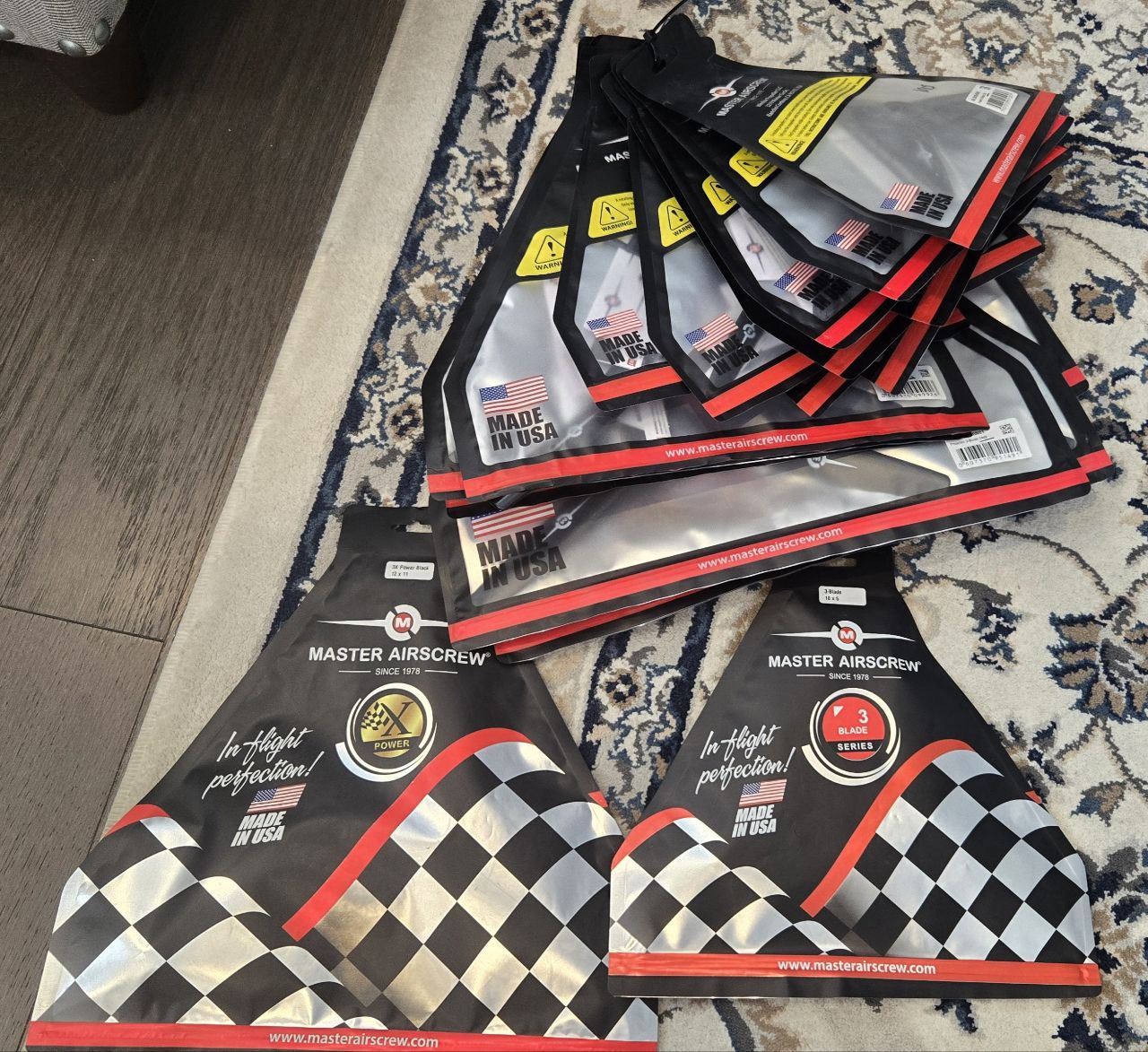
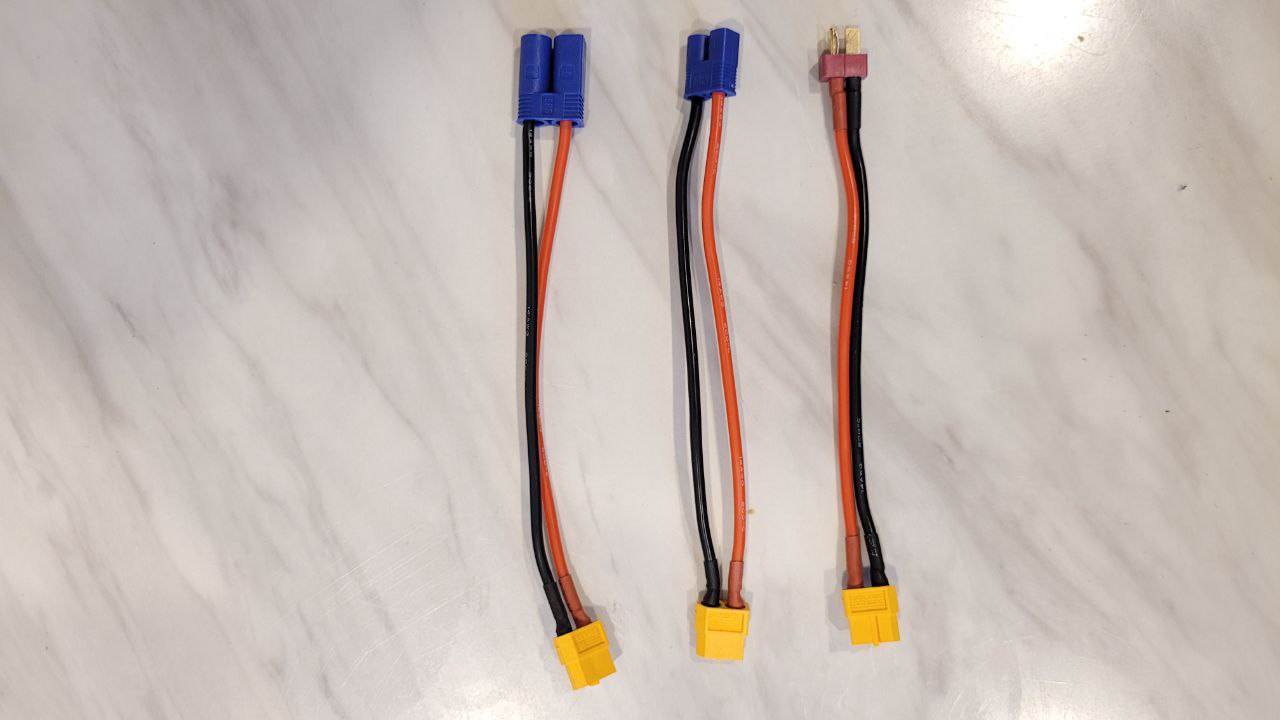
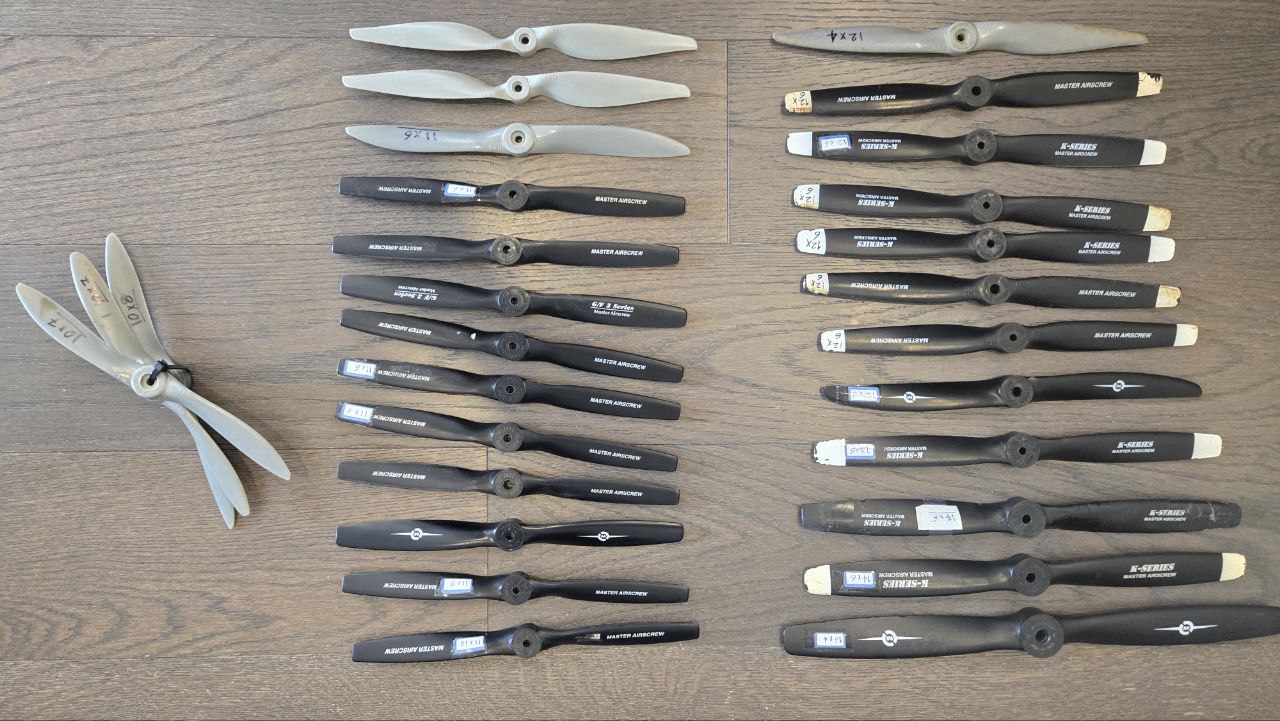

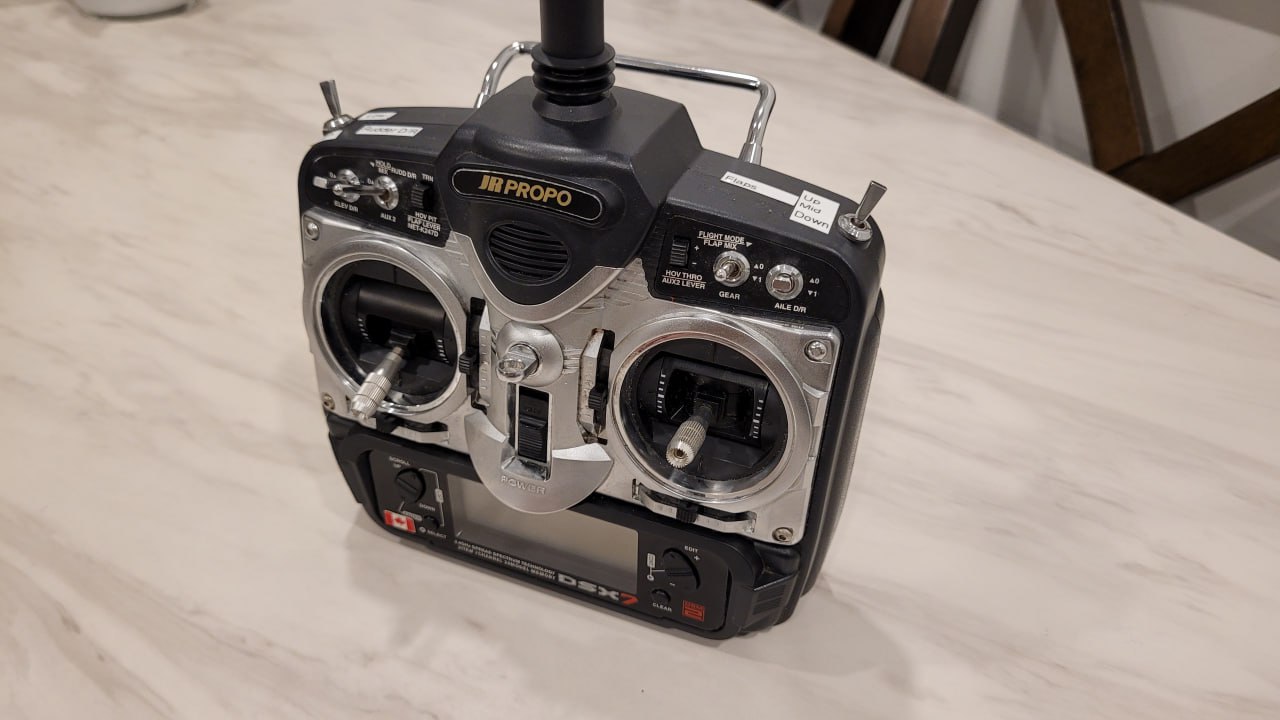
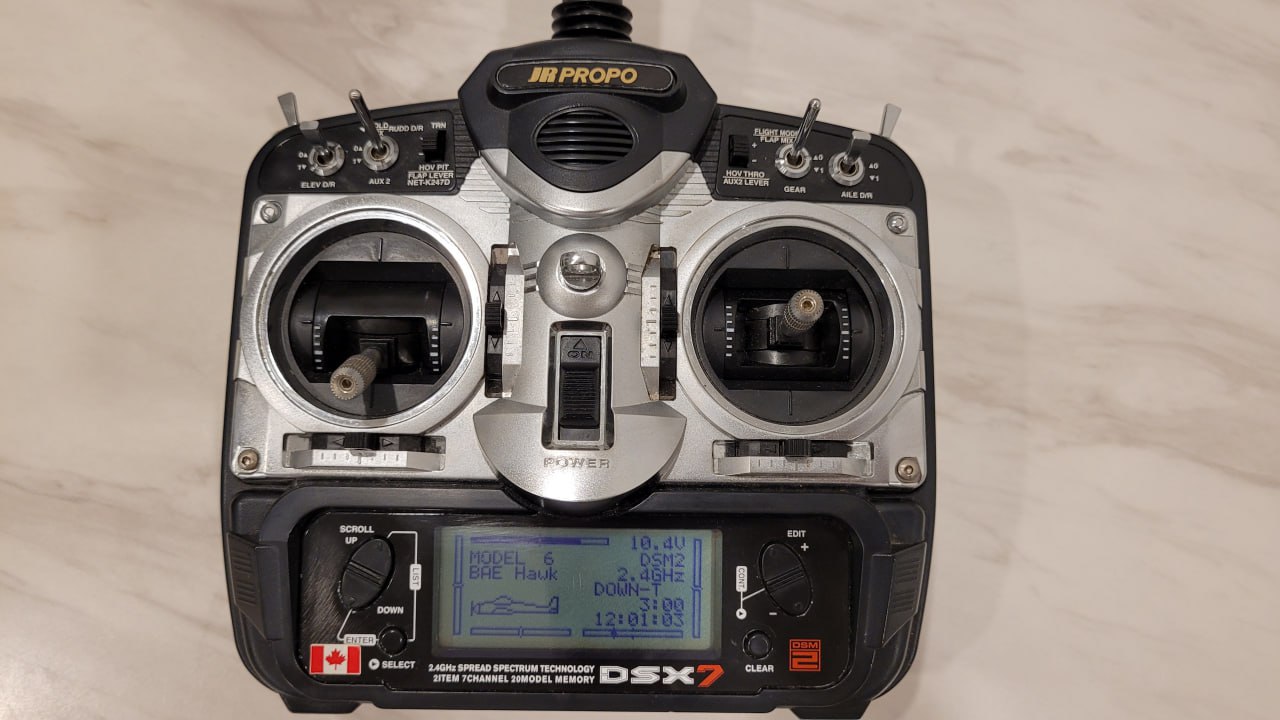
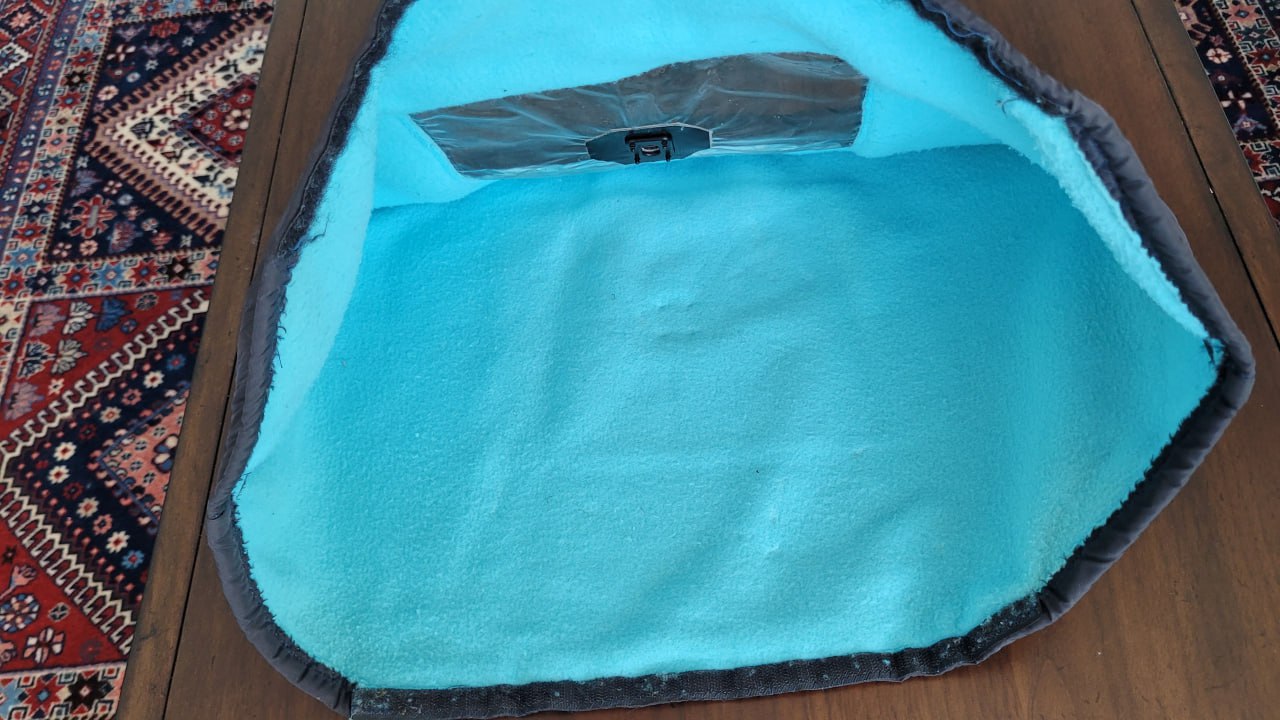
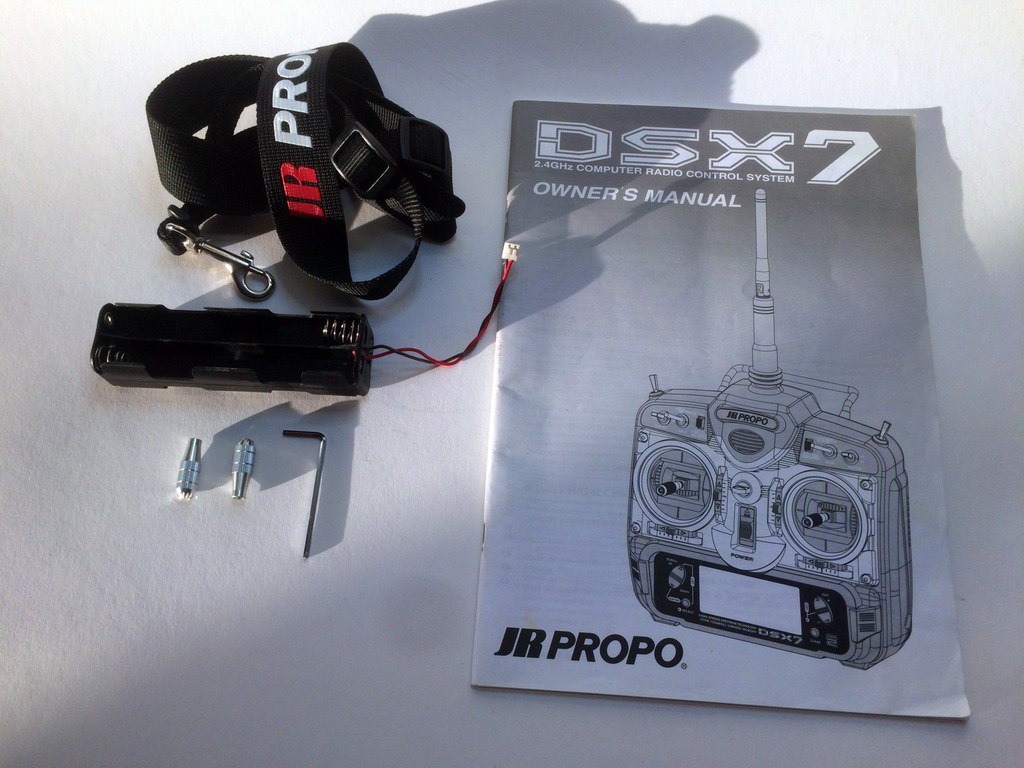
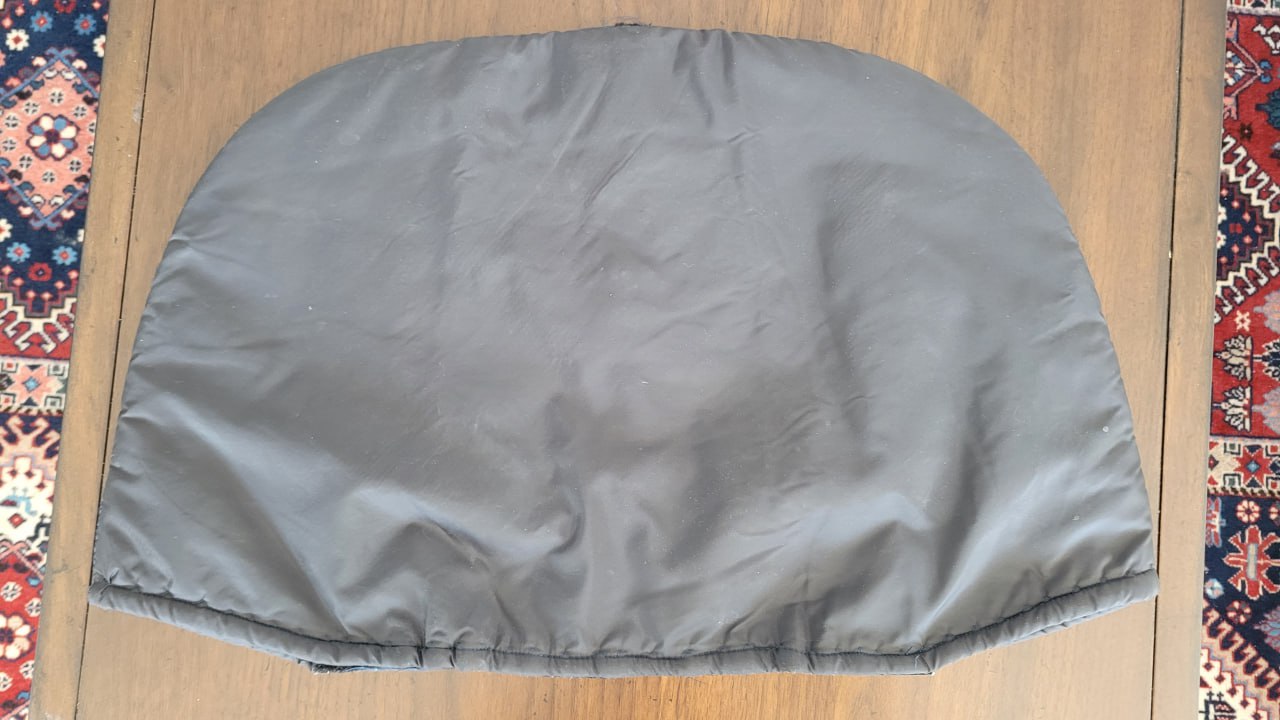
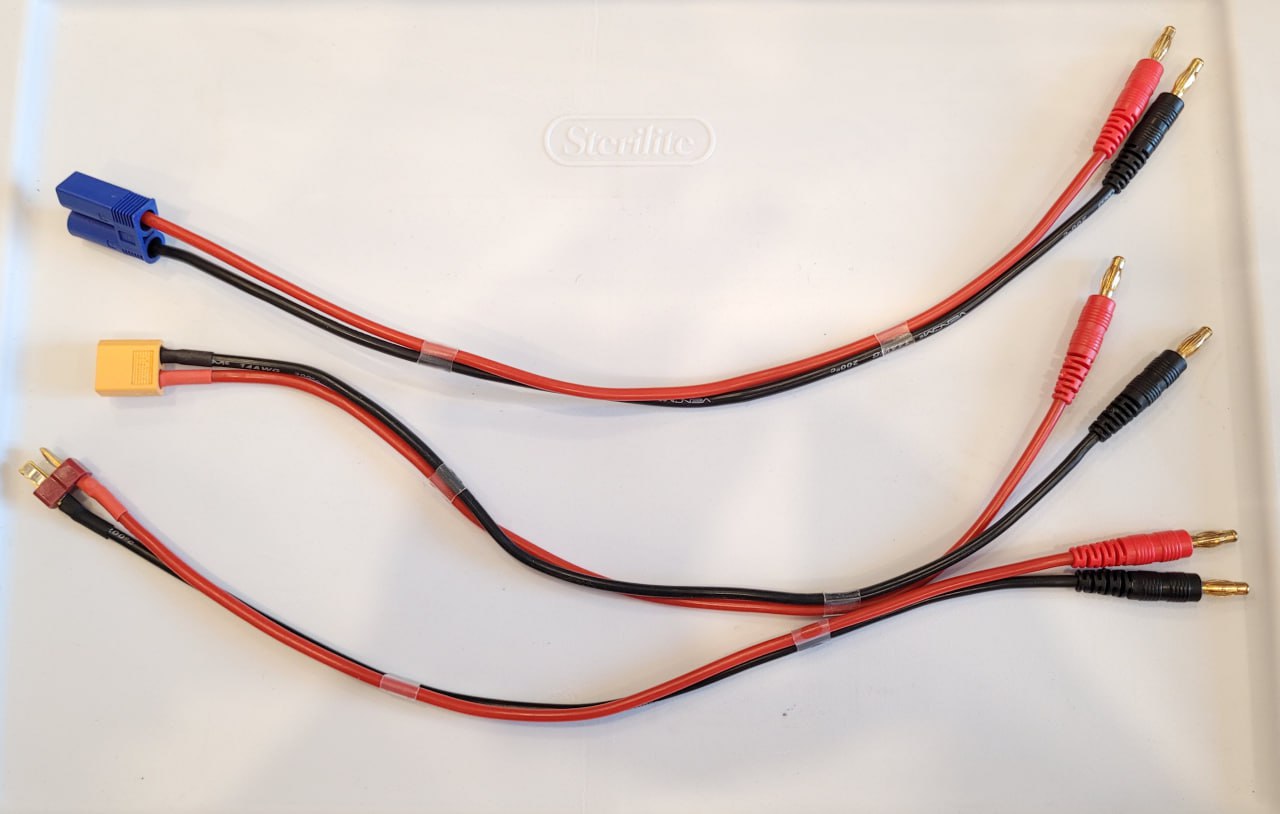
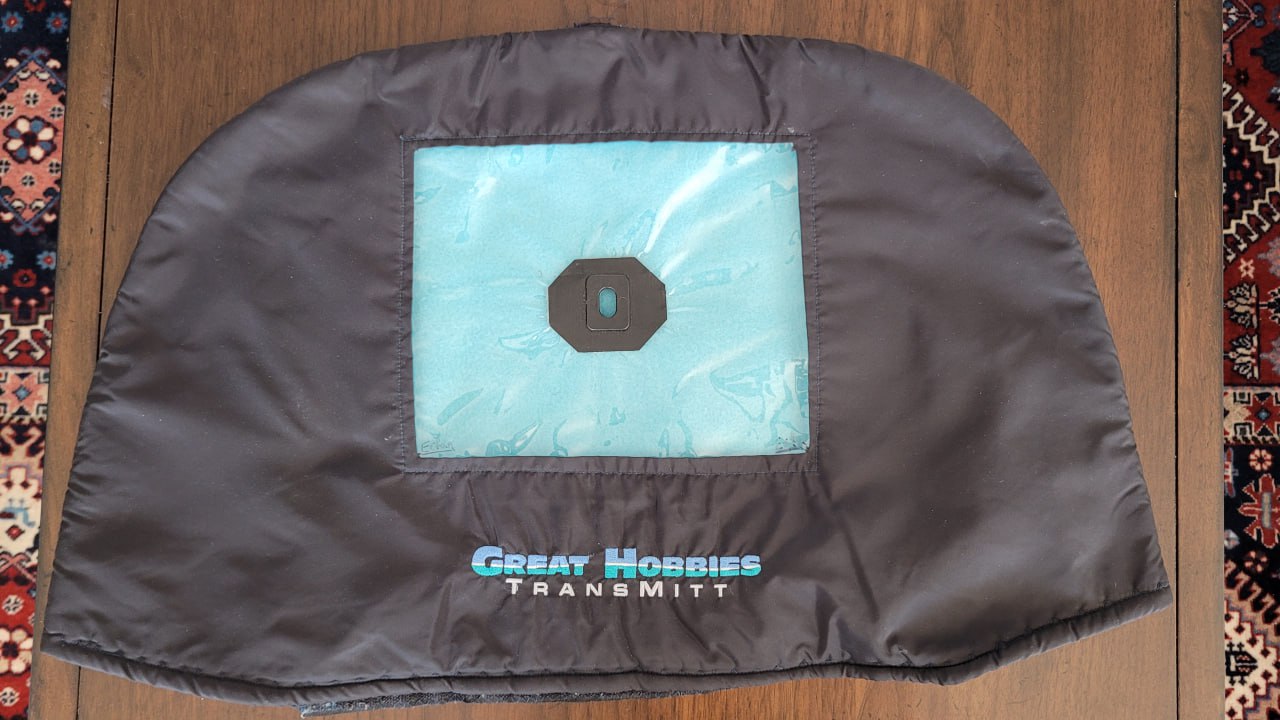
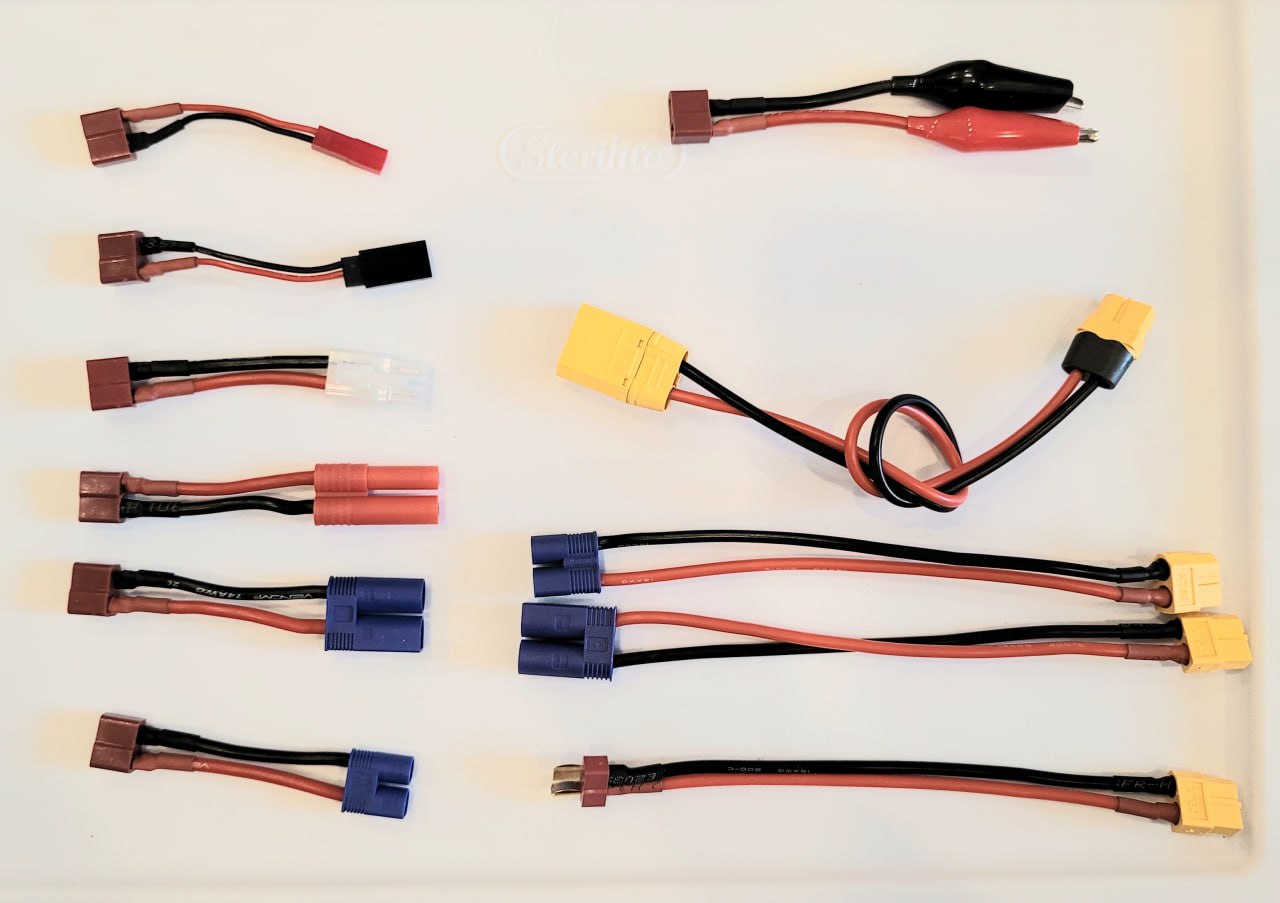
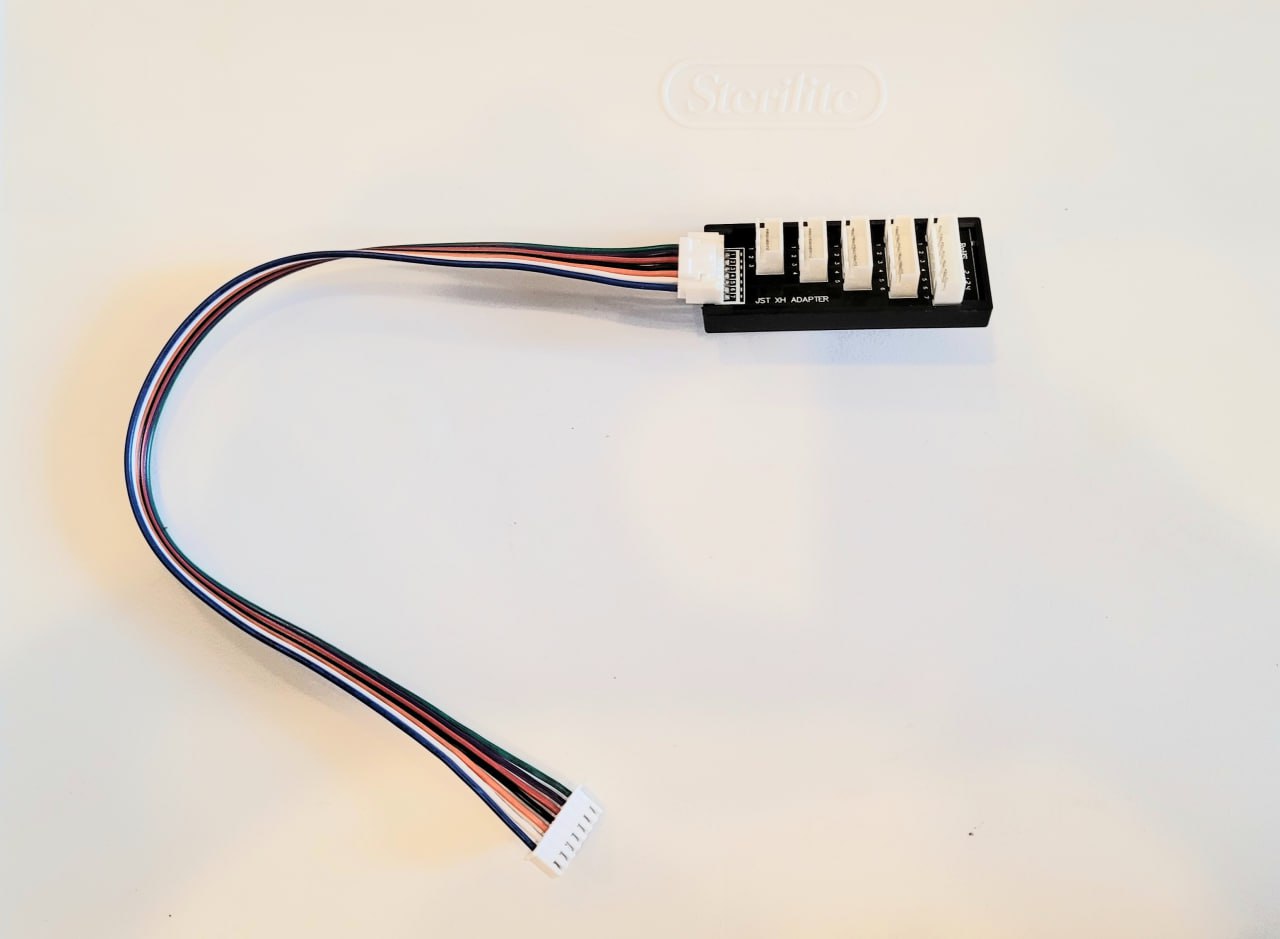
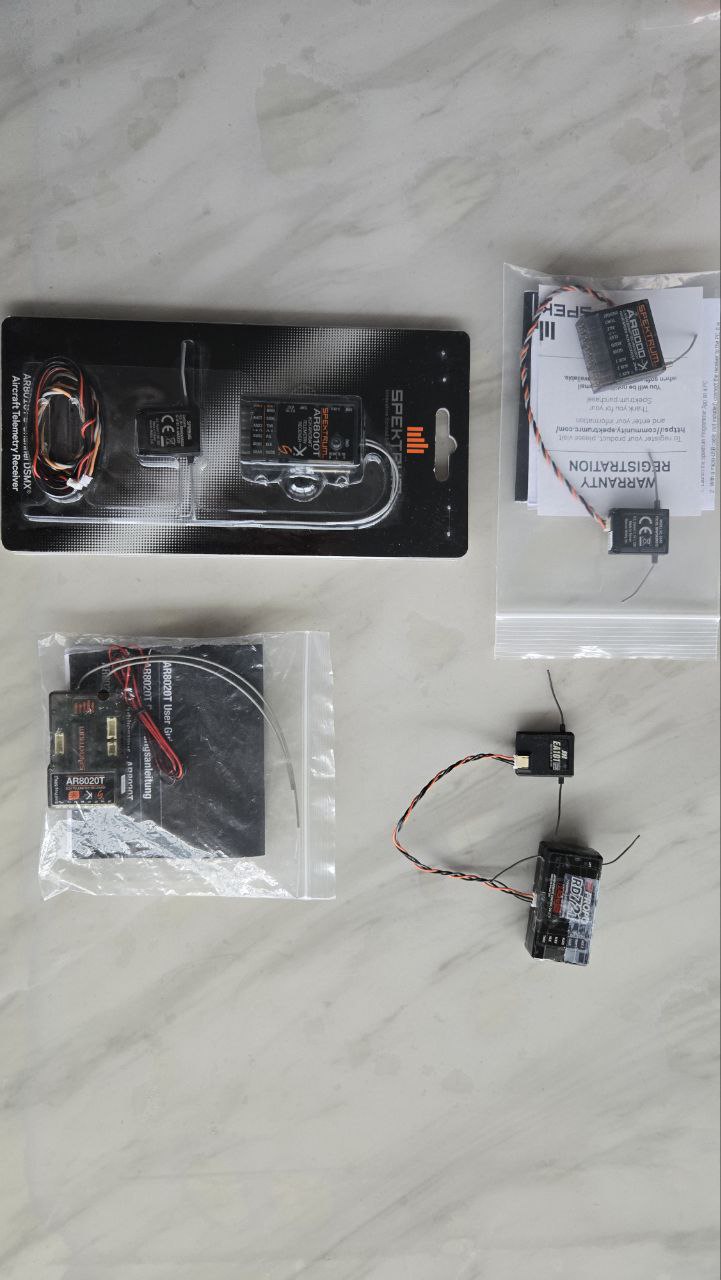

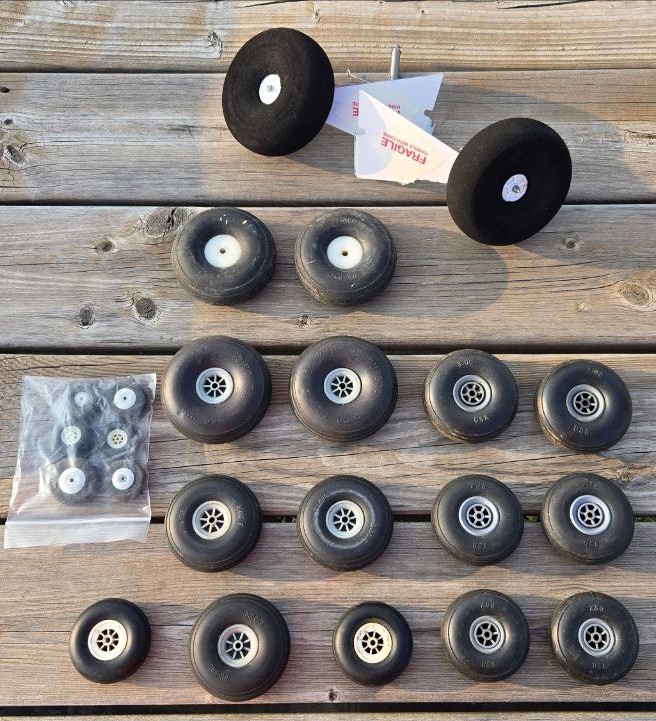

As the poster indicates, we are having our "Breakfast at Bayview" event on Saturday, September 6 from 9 AM till whenever.
It is a club Fun-Fly, and pilots do require club membership and also need RPAS certification for flying models over 250 grams.
Our head chef Barry will be serving Peameal bacon on a bun, sausages and baked beans; with Ian managing the dining room.
If neccessary, the rain date will be Sunday the 7th.